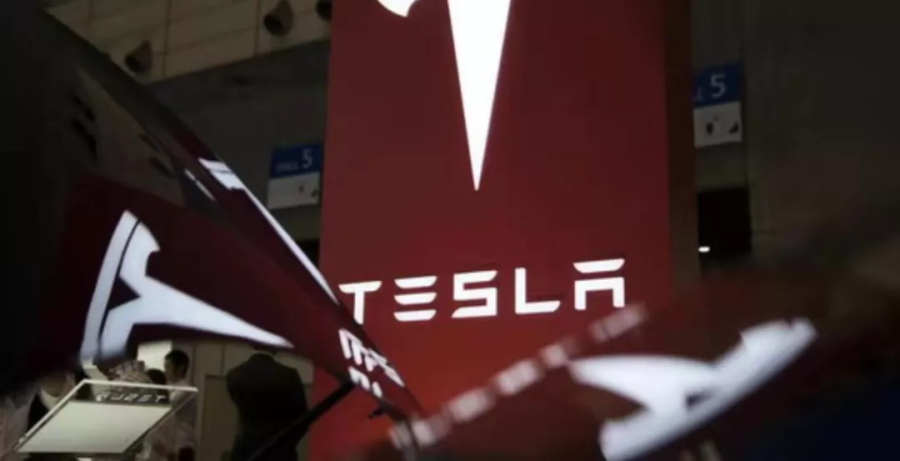As social platforms and short video platforms fragmenting user’s spare time, more and more users tend to be less critical on information they receive from the Internet and easily be lead by others’ ideas. A theory called “Two-step flow theory” explains this circumstance.

Two-step flow theory was formulated in 1940 by Lazarsfeld. It suggests that most of us as media consumer are the who passively receive information from the active spreaders. Which means the users follow an opinion leader, who have the “first hand” source of information, on social media platforms and passively receive and agree on the posts the opinion leader posts after they interpreted the information. Opinion leaders then collect feedbacks from the comments and improve their skills in leading public cry. To sum, the information is the “first step” of communication, the opinion leaders as the “second step” interpret the information and finally deliver to media consumers. In contrast, One-step flow theory suggests that audiences have direct access to source of information.
There’s another interesting example in China you might not heard of, the Tesla braking failure. The whole thing was a Tesla Model 3 rear ended into another car at a traffic light at crossway in 2021. Police officer found the drive of Tesla fully responsible for the incident but the owner of the vehicle insists that the Tesla Model 3 has braking failure and requests Tesla to cover her loss. Tesla did not response to her demands so she printed a banner about “Tesla’s braking is not working” and put it in front of a Tesla shop and caused trouble on Tesla’s stall at a car show.

Apart from these unwise actions she took in real life, there’s a sagacious thing she did, she posts the whole thing on the social media platforms like Weibo and TikTok China at HER POINT OF VIEW. As Tesla is known for their “lazy” public relationship operation. The topic went wild online. As more and more media joined the carnival stating the Tesla’s braking failure, more and more people believes that Tesla cannot brake and even persuading people don’t buy Tesla cars and avoid Teslas on the road. As the lady has the advantage of “preemptive strike”, Tesla’s late PR action went inefficient. People assault who defend for Tesla and Tesla’s official account. Content creators sees opportunity in this topic, more and more content creators post about Tesla intentional for the debates in the comment. The lady as the “first step” did not make much influence to the market, but the “second steps” hyped the topic to the peak and create huge impact on Tesla’s reputation and bring worries to not only Tesla, but also to Tesla owners and people who planning to buy Tesla. Most of the people in the event didn’t seek for the truth of the incident and details about Tesla’s braking system. They choose to believe the opinion leaders’ idea online rather than Tesla’s high quality quad piston brake from BOSCH and industry leading safety technology. Since then, every single time Tesla vehicles crashed you can always see people saying the car cannot brake and even some owners of the car claim the brake failure caused their accident to gain popularity for their accounts.
From the event we can see the power of opinion leader and how the theory works. Even until now there’s still many people in China believe Tesla is having braking problem even the court had found the lady guilty in this event and need to compensate Tesla for ¬•5million.


This example of this woman denigrating Tesla’s brake failure is very original and effective. This woman has indeed played the role of the opinion leader in the two-step flow theory perfectly, and she has managed to convey her intended point of view to the general public and mislead them successfully. Like Lazarsfeld’s theory, the general public or media consumers are only passive recipients of information from the messenger and are at high risk of being misinformed. I think your example perfectly encapsulates the general idea of the two-step flow theory and the drawbacks of the theory have been pointed out accordingly. Well done!
This is indeed the strongest evidence. Until official information is available, people are most easily misled. This is one of the tactics often used by politicians. And spreading news through the internet is extremely fast and difficult to dispel rumours. In this case, instead of going through the normal judicial channels to resolve the issue, the woman directly posted her suspicions on the Internet, which caused a great deal of discussion. This undoubtedly put her in a very favourable position.
But apart from the advantages I have mentioned above, another point worth discussing is the process by which this lady has been able to transform herself from an ordinary person to an opinion leader through media platforms like Tiktok. Whether this process ultimately leads to a good or bad result, it’s a relatively valid process indeed, so I think the blog can add a little more detail about the transformation. Aside from that, I was wondering how you feel about opinion leaders misleading the general public into a wrong direction, as the lady in your example did, and whether this defeats the purpose of the two-step flow theory in the first place?
Theis was very interesting to read and a great example that demonstrates the powerful impact opinion leaders may have on influencing public opinion, particularly in the quickly disseminating social media age. The Tesla brake failure incident in China serves as a stark reminder of how one person may strategically utilise social media channels to start a narrative that spreads and has a big influence on a company’s reputation. Something worth discussing could be how social media handles regulating and fact-checking content. Also the aftermath of this woman’s actions, has Tesla recovered from this?